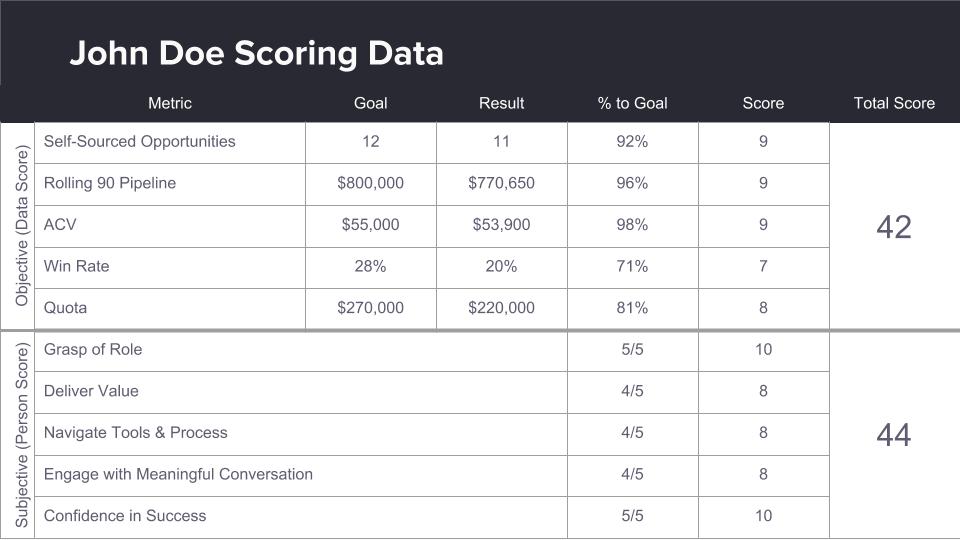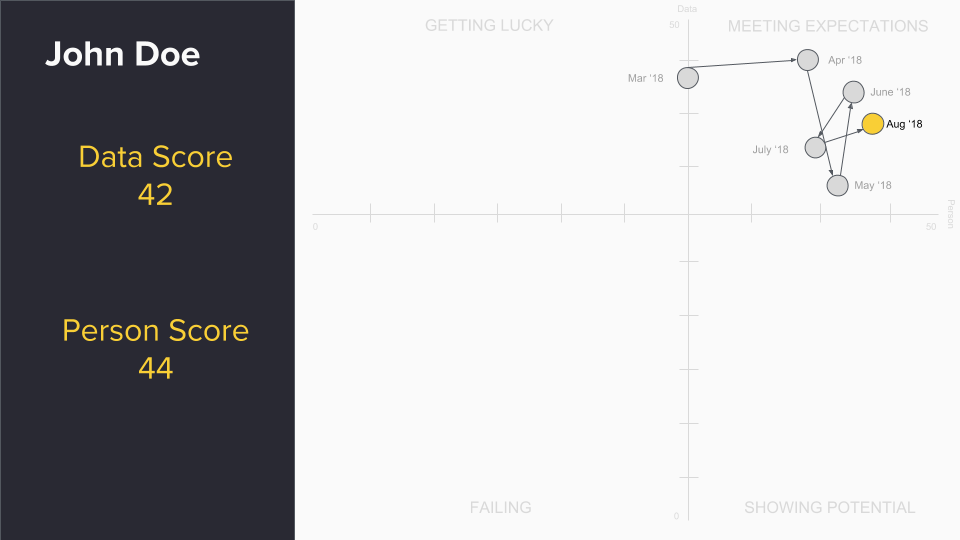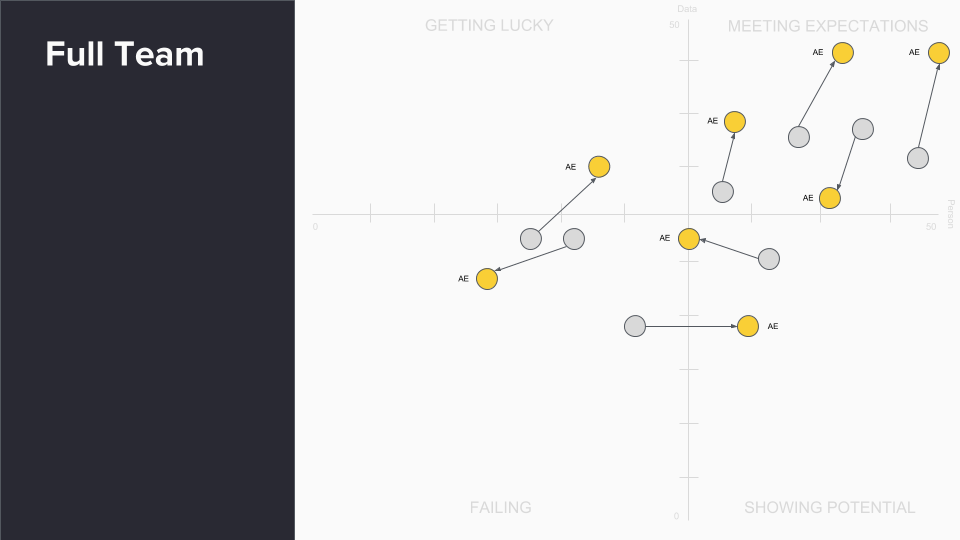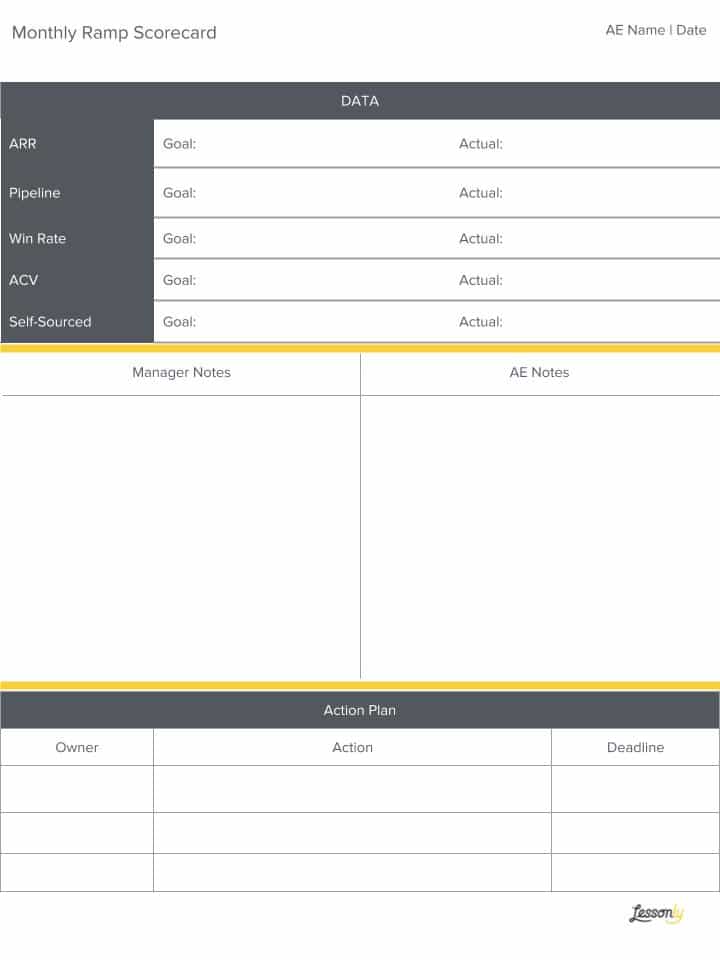This article originally appeared on Sales Hacker. Check it out here.
There is a lot of talk about gamification and how it can make our training programs more engaging and motivating for reps.
There is some truth to this, but like anything, there is no silver bullet, and context matters a lot.
Seeking to understand the good, the bad, and the ugly of gamification is important before deciding how to leverage it within your enablement program.
- What is gamification?
- The myth of gamification
- 3 areas where gamification can add value
What is Gamification?
Gamification is the concept of applying game mechanics to non-gaming situations. Think rules of play, competition with other players, rewards for achievement, points for progress, levels of achievement, and leaderboards.
These mechanics offer a proven formula for game designers to drive fun and engagement.
In the early 2000s, business leaders began applying some of these same techniques to their teams in an effort to capture some of the same results: engagement, loyalty, and fun.
These are highly desirable cultural traits, and the concept of gamification in a corporate setting can make sense. When it does make sense, gamification focuses on behaviors that lead to outcomes. When it misses the mark, gamification focuses on behaviors that don’t directly lead to the long-term outcomes.
Let’s see if we can learn from the past and use gamification to our advantage.
The Myth of Gamification
My personal journey with gamification started at a conference in 2011. I was working primarily on learning strategy and design and was excited to learn about the hype that was engulfing the learning community.
I attended almost every session available that mentioned gamification and came away with a notebook full of ideas to begin implementing. We tried a few things and saw some success, but was never able to go full out — our LMS didn’t offer gamification options for us to leverage.
Fast forward a few years, and I was finally able to see gamification implemented firsthand in programs I was leading. By this time I had become a little skeptical, but I was excited to unlock the benefits promised at that fateful conference.
Unfortunately, this is where my story takes a turn.
Rather than see the outcomes expected, I began to recognize behaviors that weren’t in-line with the goals identified for the programs launched. The excitement of points and badges grew throughout the organization, but I quickly noticed that the behavior was very specifically targeted to the gamification, not the actual learning.
As I began to engage with and gather feedback from the teams I was supporting, I began to realize our programs were encouraging the reps to “game” the system to “achieve” the points and badges as quickly as they could.
Embarrassingly, I was as guilty as the reps I was supporting — I was doing the same thing with no concern for the content.
And unfortunately, as I began to engage and gather feedback from the teams I was supporting, my skepticism proved warranted. Ultimately, in these targeted situations, gamification can lead to the promised outcomes of engagement, loyalty, and fun. But when we applied these concepts too broadly, they actually resulted in behaviors that were opposite to the ones we were looking to drive.
One of the biggest shortcomings with gamification is the focus on short-term gains vs. long-term needs of the business.
As we look at some of the engagement elements of gamification — points, badges and leaderboards — it is clear they can provide an increase in engagement when implemented into an enablement program.
Learners often express the joy they feel when earning their points or being able to display their newly acquired badge. It is tempting to evaluate that joy and engagement, and correlate it to business results. But you have to ask yourself, “What learning is actually happening?”
The goal of all training programs is to encourage or change a behavior.
One of the biggest problems with gamifying learning is that it puts the focus in the wrong place. When we add points, badges, and leaderboards to the learning process, we are indicating to reps that the completion of content is the most important part.
However, a training program is just a means to an end. The end result we want to drive is increased performance through the application of knowledge or learned behaviors.
As humans, we are designed to follow the path of least resistance. If a path exists to gain the reward without fully engaging in the content, many are going to choose this path of least resistance. This leads to reps “gaming” the system to simply acquire the points or badges and reach their “goals.”
Who is benefiting when this happens?
It certainly isn’t benefiting the reps who are taking the easiest path — they aren’t actually acquiring the knowledge or improving the skills identified as important by the program. It isn’t benefiting the business, since the rep they rely on won’t have the knowledge or skills necessary to perform at the highest level.
Frankly, the only group it benefits is the enablement team. The enablement team gets to tout increased ”engagement” in training programs, since the reps complete the training at a higher level when they game the system.
Let’s unpack why this doesn’t work.
The root of the problem lies in the motivation of the individual. At the most basic level, this is an intrinsic vs. extrinsic issue. When we emphasize the reward as the outcome, we draw focus away from the goal.
The extrinsic motivator of the reward (points, badges, etc.) will often lead to a short-term boost in performance that will deteriorate over time.
Studies across all industries and subject matters show that extrinsic motivators don’t last; they don’t get to the value and integrated levels of intrinsic motivation that lead to long-term results in behavior. Research shows that external rewards can even be a demotivating factor in engagement and satisfaction over time, leading learners to avoid tasks or simply “check the box” to get it done.
To illustrate this, let’s look at an example outside of training and enablement.
Foursquare exploded onto the tech scene in 2009 with hypergrowth fueled by a newfound desire for social networking. A year later, their growing base of over a million users continued to “check-in” to businesses they frequented to earn points, badges, and recognition that would show to their friends as a form of status on the app.
But by 2013, everything began to crumble and Foursquare’s status among the app elite floundered. The focus on the gamification features in the app is ultimately what led to their struggles.
The extrinsic motivation of the badges and mayorships only provided a temporary engagement incentive for their users that ultimately wore off. In the end, Foursquare had to reinvent itself to put a stronger focus on more long-term value in user reviews.
Like I mentioned before, gamification isn’t all doom and gloom. There is real value in these techniques when they are leveraged in the right situation and executed effectively.
The Value of Gamification
The application of gamification should focus on performance, not the process or learning that ultimately drives performance. In other words, gamify the outcomes associated with the training, not the training itself.
Badges can definitely be motivating. I enjoy getting them as much as the next person. But my process to earn that badge is different from yours and any other individual working to acquire that badge.
If we focus our gamification efforts on performance, we incentivize the right behaviors for our reps by indicating to them that performance is the reward, not the learning. The learning and practice that takes place is how we help them get to that performance, and the reps who leverage it are the ones that ultimately succeed.
There are a few key areas where gamification can work and work well in your training program. Let’s take a closer look at those now.
Performance Visualization
When you design your enablement programs, it is always important to ensure you are impacting key business metrics that ultimately help move the needle.
While this is different for every business and every initiative, identifying these metrics will ensure your programs are focused on the right knowledge and behaviors needed to be successful. These are the metrics that offer value in gamification.
Let’s look at an example to help illustrate this.
Imagine your company is releasing a new product. As an enablement professional, you are tasked with training your reps to effectively articulate the value of the new product to new customers and prospects.
Ultimately, your company needs to drive additional pipeline to help sell this new product and produce value for the business. This is your business impact performance metric. You want to measure the pipeline that your reps are able to generate with customers and prospects in a defined amount of time.
The learning and practice scenarios you develop to help your reps learn about the product and practice their customer interactions are all in support of driving this performance metric.
Once your reps have completed the training, they gain access to the resources needed to help them engage with their prospects and customers. As they begin to leverage these resources in customer and prospect interactions, award points for every dollar of pipeline they build.
As reps begin to accumulate points, display a leaderboard in your CRM or in a visible office space that shows the pipeline being built and offer prizes to the winning teams after the defined measurement time has passed.
Again, the focus here is about gamifying the performance, not the learning. The learning and practice scenarios are designed to support the performance, not define the performance.
Skill Progression Tracking
Every role within your company requires a set of skills and knowledge to be successful. One of the primary responsibilities of your enablement team is to help your reps develop these skills and acquire the knowledge so they can do their best work.
Empowering reps with the understanding of their strengths and weaknesses from a role perspective is incredibly valuable. Gamification can play a key role in helping reps clearly understand these areas of strength and weakness by visualizing that growth to show progression.
Let’s consider an example.
Imagine I’m a new customer service agent. On my first day, I learn there are 5 key skills that lead to success. As I progress through my onboarding, I begin to show my competency toward the execution of these skills.
Each time I perform well at a skill either in a practice scenario or live environment, I progress toward my growth and mastery of each skill. Seeing this allows me to focus attention on the specific areas of my learning that will ultimately lead to improvement performance.
Again, the focus here is about gamifying the performance not the learning. The learning and practice scenarios are designed to support the performance, not define the performance.
In-Person Training
When you have the opportunity to engage with a group in a face-to-face situation, it is important to utilize that time differently.
This time in person is highly valuable and shouldn’t be wasted with activities that can easily be facilitated through an online learning module or video. Death by PowerPoint (really just slides… nothing against Microsoft here) is a real thing and, as enablement professionals, we must be smart about how we use the time of our people resources.
Games and contests are a great way to reinforce content and drive engagement in an in-person training. One of my favorite activities is to leverage familiar game structures like Jeopardy or Family Feud to engage the group in a start-up activity to a day of learning and simulation.
Templates for these games can be found online. Just be sure you are using it as reinforcement activity and not the primary source for learning. When you do this, you gain the advantage of time-delayed reinforcement to increase knowledge retention of the content, presented in a pre-work module, while having fun and building social camaraderie with the team.
In addition, I love using points and competition throughout an in-person training session, awarding them for engagement, participation, and winning games like those mentioned above. As a word of warning, it is best to do this as teams rather than individuals. Not only does it help to build relationships, but teams band together to help each other engage, learn, and succeed together.
Again, the focus here is about gamifying the performance (and in this case recall), not the learning. The learning and practice scenarios are designed to support the performance, not define the performance.
Bringing it Together
Gamification is a buzzword in the training and enablement world that too often holds weight disproportionate to the value it brings to the learning process.
Using gamification techniques in the learning process doesn’t offer long-term value to the learning. The value of gamification is in how we measure and visualize performance.
I challenge you not to simply check the box on a buzzword. Think through the value you see with the implementation of gamification in your enablement program and make your decisions based on what is best for your reps and your business.















